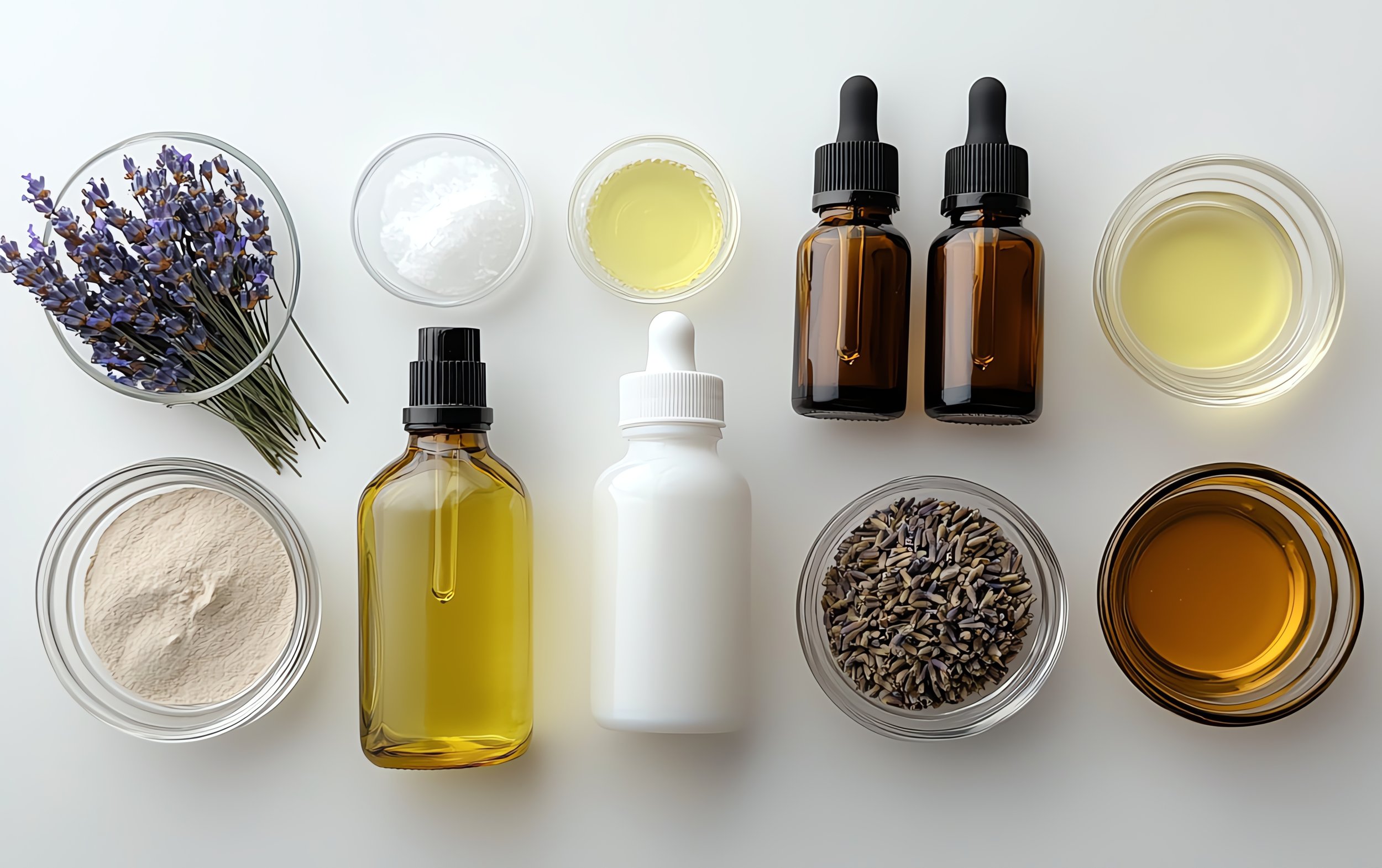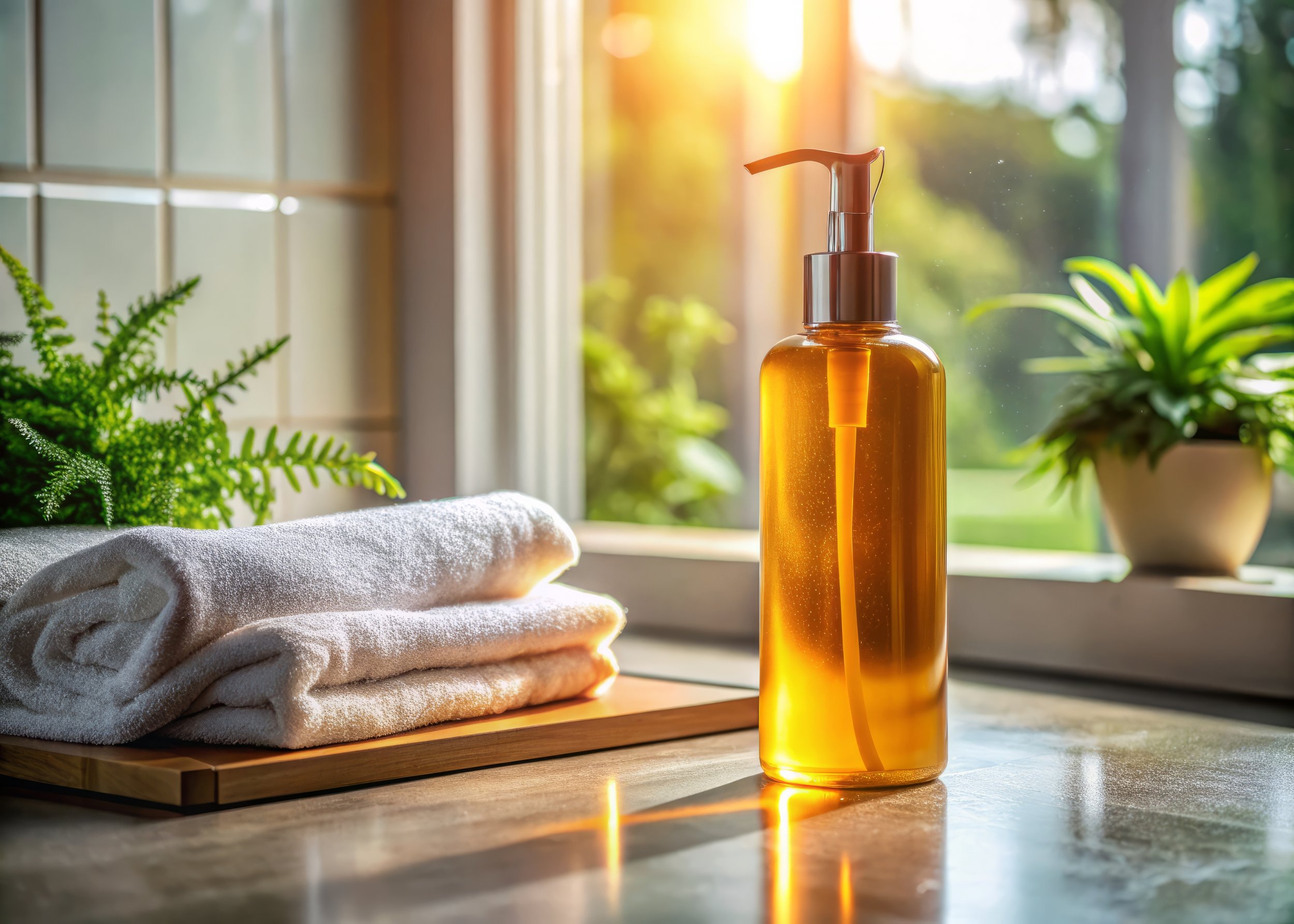Understanding Different Skin Types and How to Care for Them
When it comes to skincare, one size does not fit all. The key to achieving healthy, radiant skin lies in understanding your skin type and tailoring your skincare routine accordingly. In this guide, we'll explore the different skin types—oily, dry, combination, and sensitive—and provide tips on how to care for each.
Diverse skin types
What are the different Skin Types?
Oily
Oily skin is characterized by an overproduction of sebum, the skin's natural oil. This excess oil often leads to a shiny complexion, particularly in the T-zone (forehead, nose, and chin). People with oily skin may experience enlarged pores, blackheads, and acne due to clogged pores. Despite these challenges, oily skin tends to age more slowly and often has a natural glow. Proper skincare routines can help manage oiliness and keep the skin healthy.
Dry
Dry skin is characterized by a lack of moisture in the skin's outer layer, leading to a tight, rough, and sometimes flaky texture. This skin type can feel itchy or irritated and may appear dull. Common causes include environmental factors, genetics, and aging. Dry skin benefits from gentle cleansing, regular moisturizing with rich, emollient creams, and protection from harsh weather and extreme temperatures. Proper hydration is key to maintaining its health and comfort.
Combination
Combination skin features both oily and dry areas. Typically, the T-zone (forehead, nose, and chin) is oily, while the cheeks are normal to dry. This skin type requires a balanced skincare approach to manage oiliness in the T-zone while providing adequate hydration to the drier areas. Proper care involves using products that can cater to both skin needs without exacerbating either condition.
Sensitive
Sensitive skin is characterized by a heightened reaction to various environmental factors and skincare products. This skin type often appears red, itchy, or inflamed and can experience stinging or burning sensations. It requires gentle, fragrance-free products to avoid irritation and should be shielded from harsh weather conditions and allergens. Proper care focuses on soothing and protecting the skin to maintain its health and comfort.
Understanding and Identifying Your Skin Type
Before diving into skincare routines, it's essential to identify your skin type. Here's a simple way to determine your skin type:
Cleanse Your Face: Start by washing your face with a gentle cleanser to remove any makeup, dirt, and oil. Pat your skin dry with a soft towel.
Wait for an Hour: Allow your skin to return to its natural state without applying any products.
Observe and Assess: After an hour, examine your skin closely. You can use a clean tissue to blot different areas of your face (forehead, nose, chin, and cheeks) and observe the results.
Based on your observations, you can identify your skin type as follows:
Oily Skin: If your skin feels greasy and the tissue picks up excess oil, especially in the T-zone (forehead, nose, and chin), you likely have oily skin.
Dry Skin: If your skin feels tight, rough, and possibly flaky, with little to no oil on the tissue, you likely have dry skin.
Combination Skin: If you notice that your T-zone is oily while your cheeks are dry or normal, you likely have combination skin.
Sensitive Skin: If your skin appears red, irritated, or inflamed, and reacts easily to products or environmental factors, you likely have sensitive skin. One thing to note is that your skin can be oily, dry, or combination and sensitive.
Tailored Skincare Routines
Now that you've identified your skin type, let's dive into tailored skincare routines for each type.
Oily Skin
Oily skin can lead to clogged pores and acne, but with the right routine, you can keep it under control:
Cleanser: Use a gentle, foaming cleanser twice daily to remove excess oil and impurities.
Toner: Opt for a toner containing salicylic acid or witch hazel to balance oil production and minimize pores.
Moisturizer: Choose a lightweight moisturizer to keep your skin hydrated without clogging pores.
Exfoliation: Exfoliate 2-3 times a week with a gentle scrub to remove dead skin cells and prevent breakouts.
Sun Protection: Use a non-comedogenic (wont clog pores), matte-finish sunscreen to protect your skin from UV damage without adding extra shine.
Dry Skin
Dry skin lacks moisture and can feel tight and uncomfortable. Here's how to nourish and hydrate it:
Cleanser: Use a creamy, hydrating cleanser that won't strip your skin of its natural oils. Oil cleansers are great for removing makeup rather than a traditional makeup remover.
Toner: Apply a hydrating toner with ingredients like hyaluronic acid and glycerin to replenish moisture.
Moisturizer: Choose a rich, emollient moisturizer to lock in hydration and soothe your skin.
Serum: Incorporate a hydrating serum with ingredients like hyaluronic acid or ceramides to boost moisture levels. Oil based serums are great to supplement your skins natural oils.
Sun Protection: Use a moisturizing sunscreen to protect your skin from UV rays while keeping it hydrated.
Combination Skin
Combination skin requires a balanced approach to address both oily and dry areas:
Cleanser: Use a gentle, gel-based cleanser to cleanse without over-drying your skin.
Toner: Opt for a toner that balances oil production and provides hydration, such as one with niacinamide.
Moisturizer: Use a lightweight, hydrating moisturizer on your entire face and a richer moisturizer on dry areas as needed.
Exfoliation: Exfoliate 1-2 times a week with a gentle exfoliant to maintain a balanced complexion.
Sun Protection: Choose a broad-spectrum sunscreen that suits both oily and dry areas, such as a hydrating, non-comedogenic formula.
Sensitive Skin
Sensitive skin needs gentle care to avoid irritation and inflammation:
Cleanser: Use a mild, fragrance-free cleanser designed for sensitive skin.
Toner: Apply a soothing toner with calming ingredients like chamomile or aloe vera.
Moisturizer: Choose a hypoallergenic, fragrance-free moisturizer to keep your skin hydrated and calm.
Serum: Incorporate a gentle serum with anti-inflammatory ingredients like rose and calendula.
Sun Protection: Use a mineral-based sunscreen with zinc oxide or titanium dioxide to minimize irritation.
Conclusion
Understanding your skin type and choosing the right skincare routine is essential for maintaining healthy, radiant skin. Whether you have oily, dry, combination, or sensitive skin, tailoring your skincare routine to your specific needs will help you achieve the best results. Remember, consistency is key, and always listen to your skin's needs. Happy skincare journey!













Hello and welcome! I'm Eve, a Chemist turned Herbalist, sharing the wonders of plant medicine and botanical skincare. Join me on this journey to Learn, Create, and Align your Divine!